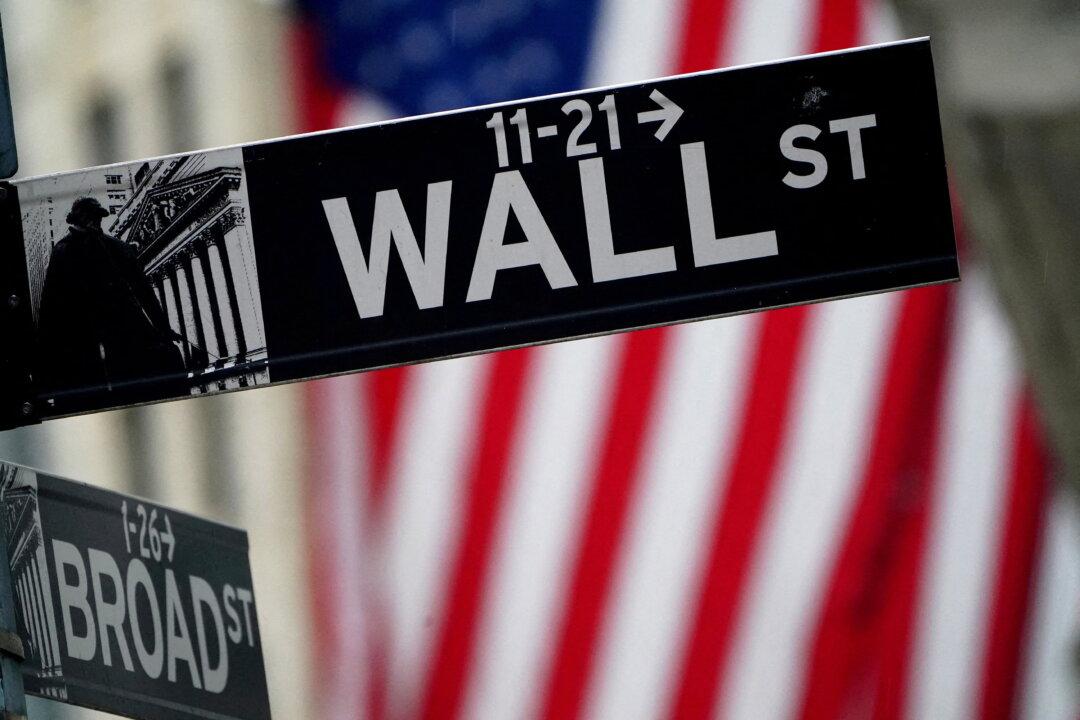The 10-year U.S. Treasury yield hit above 3.5 percent for the first time in over a decade, as markets prepare for another interest rate hike by the Federal Reserve this week.
The last time the 10-year yield, which is the most significant global interest rate benchmark, rose to that level was back in April 2011.





